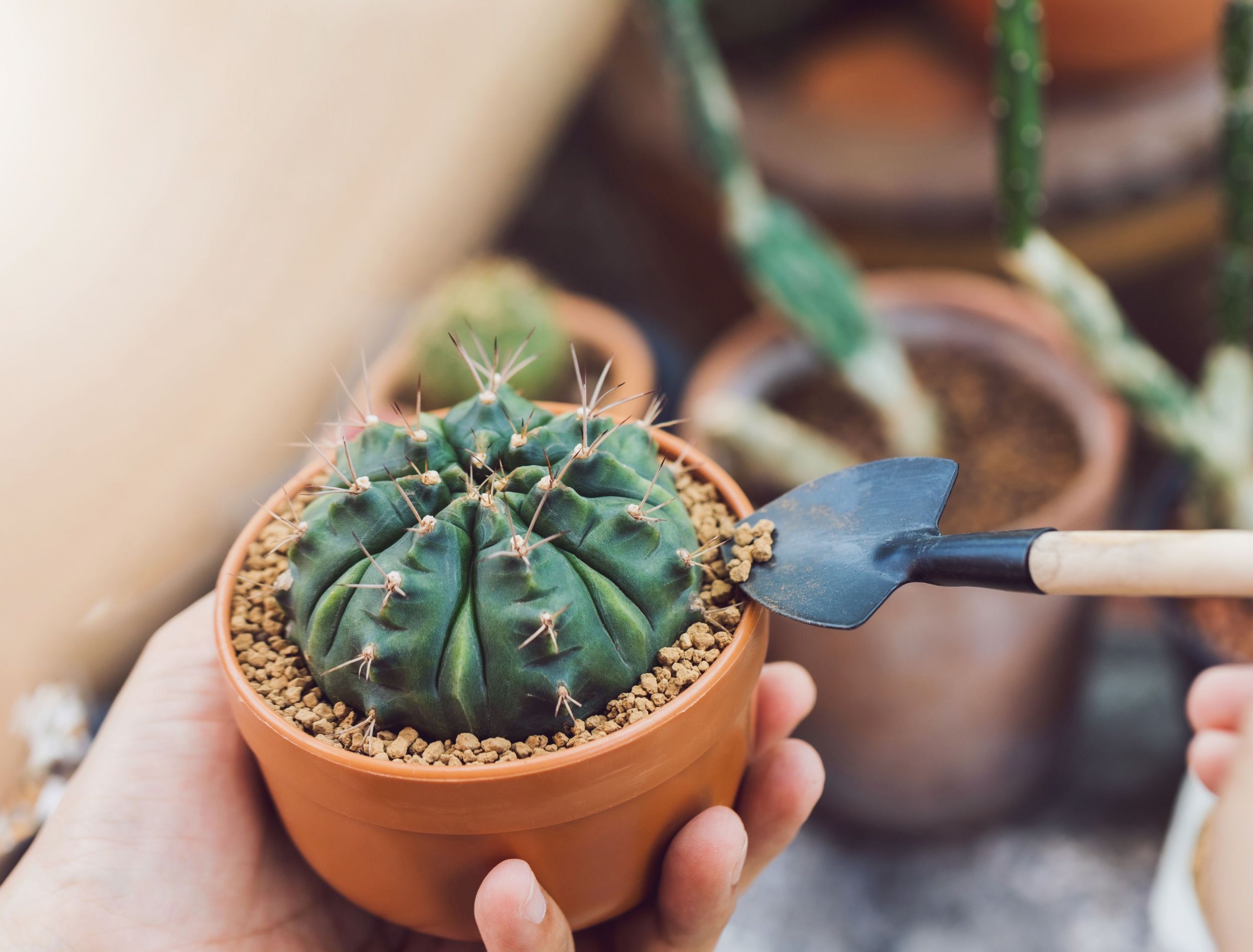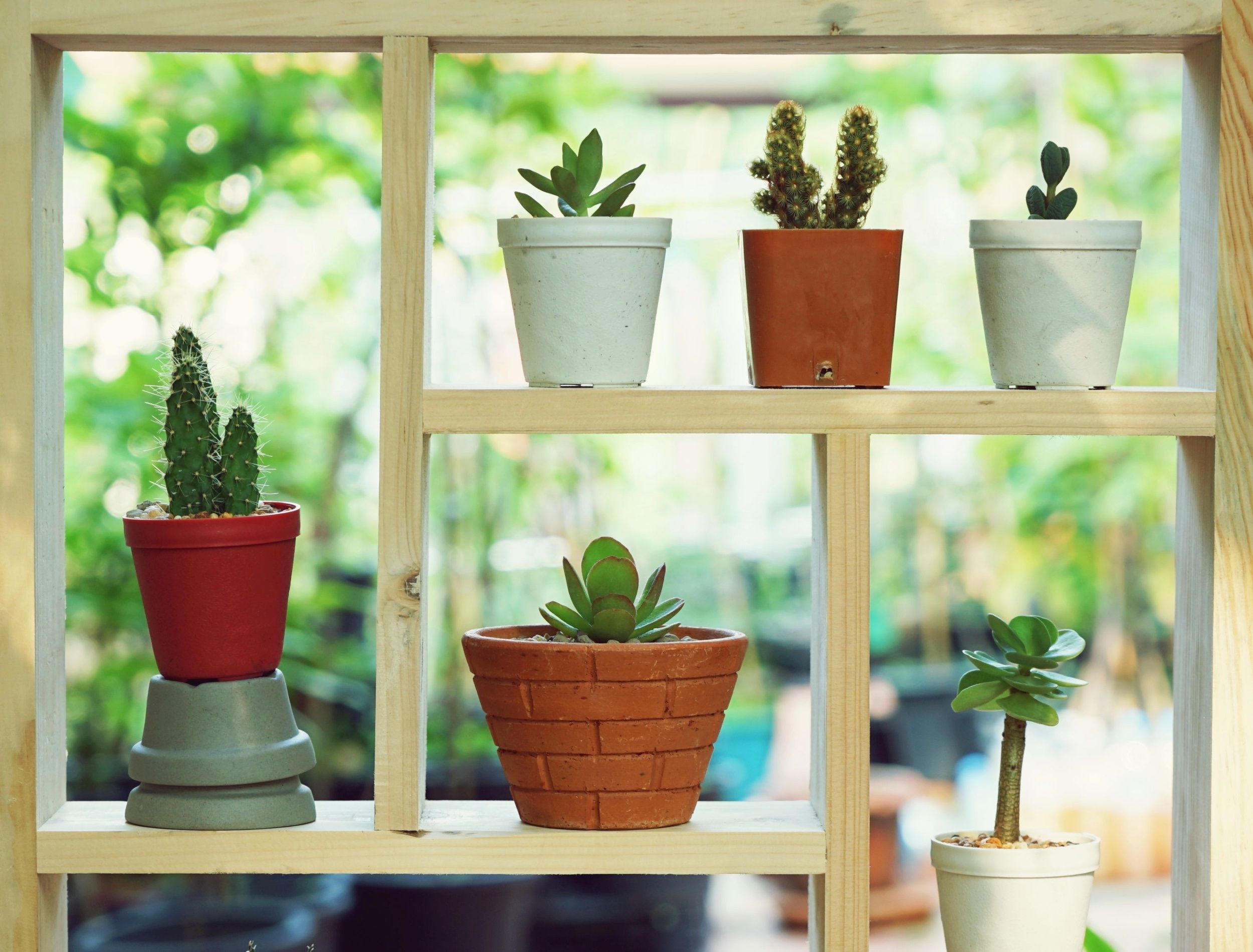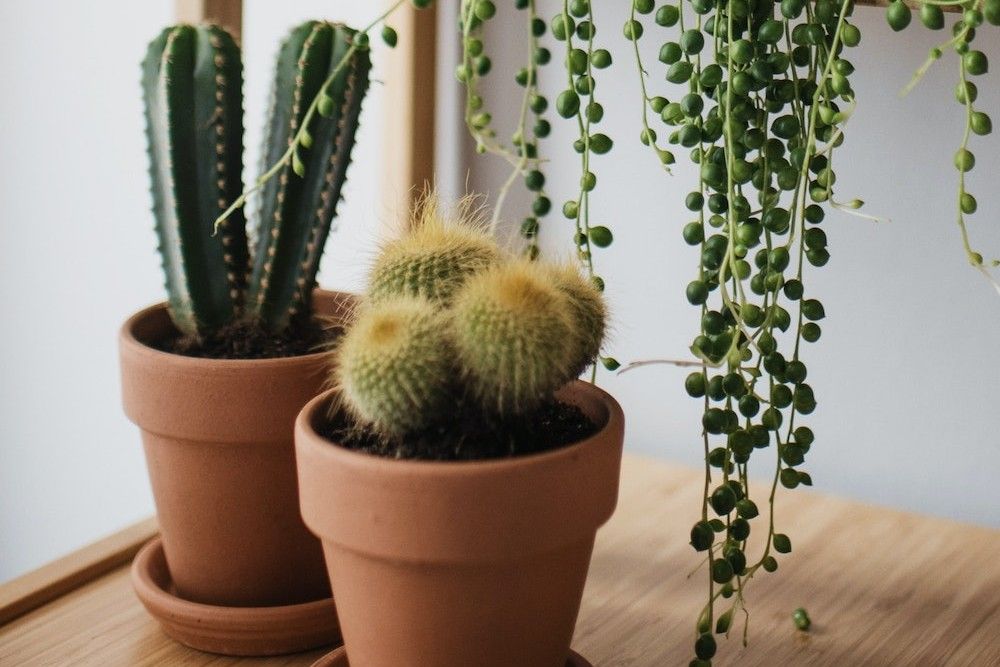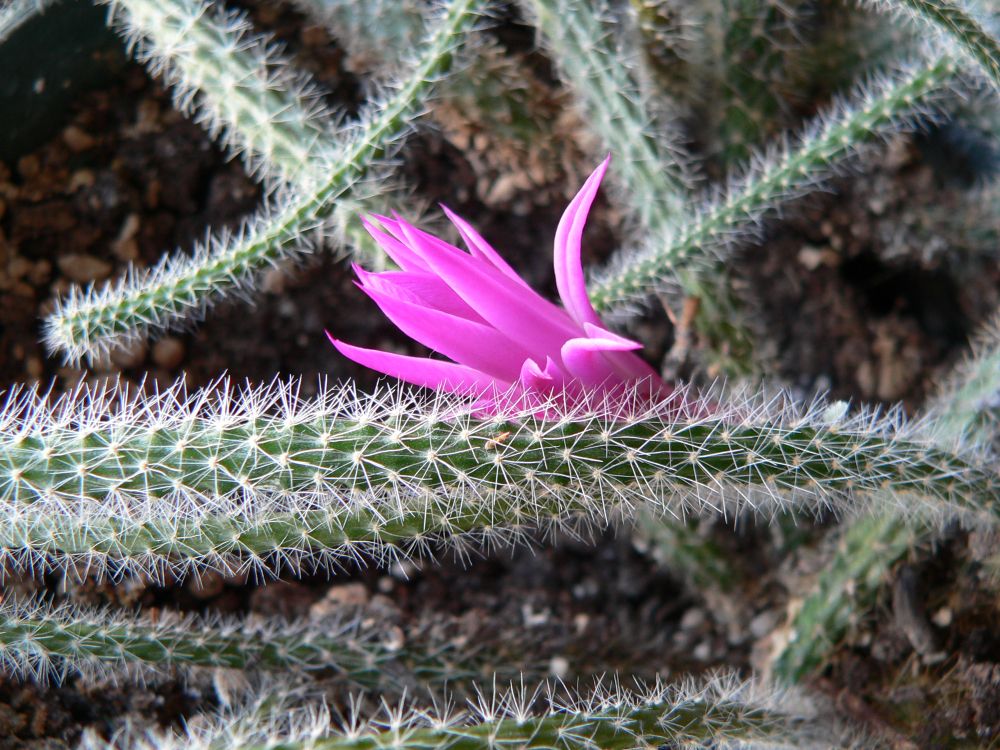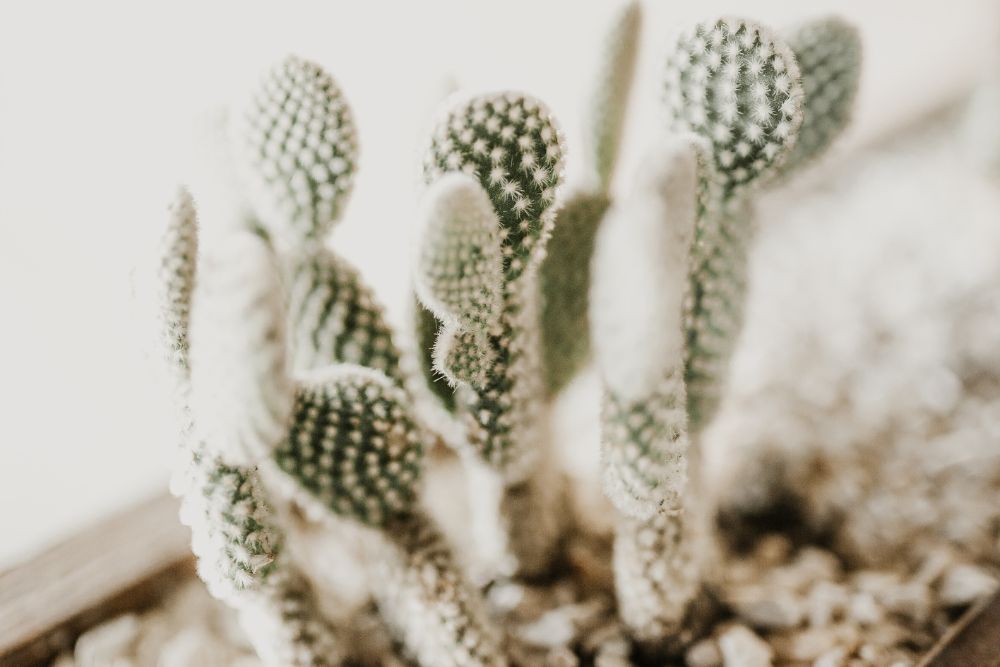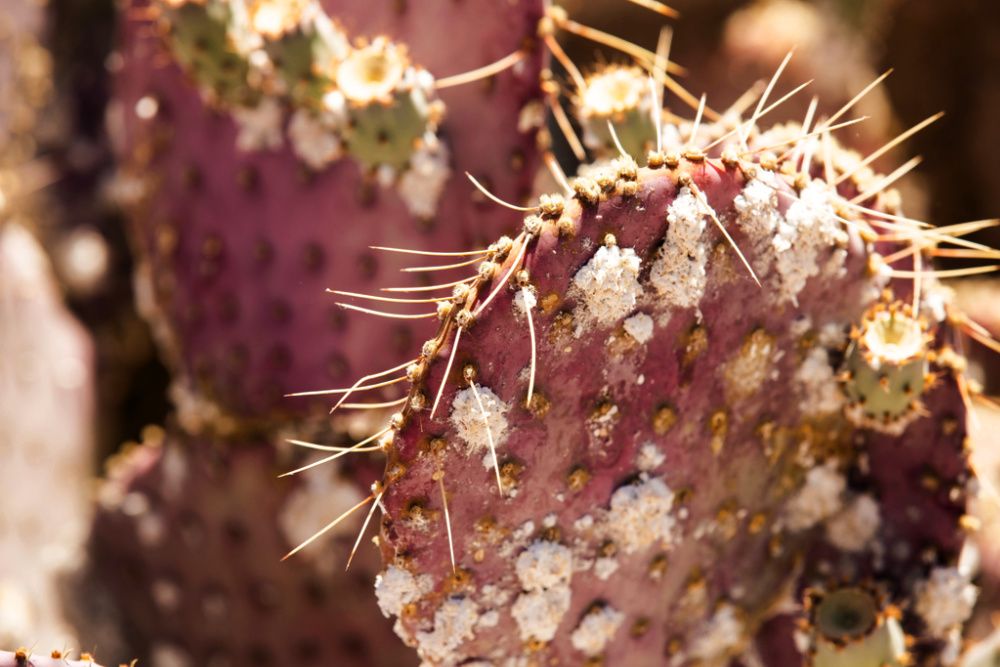Are you an indoor plant enthusiast always looking for the best houseplants to bring into your home? Cacti are some of the most popular houseplants but require specific maintenance. From choosing the right pot and soil mix to understanding when and how much to water them, knowing what you're doing before putting a cactus in your home is essential.
Learn the top seven tips for ensuring your indoor cacti stay healthy and happy. Whether you're just starting on your journey toward becoming an expert at caring for these plants or have been cultivating them for years, there's something here for everyone!
Choose the Right Cactus
Image credits: sundaemorning via Shutterstock
When shopping for a cactus, look for one that is healthy and has no blemishes, marks, weak growth, or sign of an infestation. Give it a gentle feel to ensure that the leaves are firm and not soft. A soft cactus might be rotting from the inside. Additionally, transport your new cactus in a plastic bag and keep it insulated from cold winter winds.
Sunlight
Image credits: Jake Goossen via Unsplash
Sunlight is essential for the growth of many plants, especially cacti. Place your plants in a south- or west-facing window with plenty of sunlight throughout the day.
If you want to move your plants outdoors during the summer, put them in a sunny spot that's partially protected from harsh weather conditions. To avoid leaf burns, acclimate them slowly by bringing them out for only a couple of hours before gradually increasing their exposure over a week.
Soil and Pot
Image credits: Ksenia Chernaya via Pexels
When it comes to soil, cacti need something that is well-draining and sandy. Regular potting soil can be too dense for a cactus, leading to root rot and other issues. Most brands of special cactus soil in garden centers work well.
When selecting a pot for your cactus, give them one that drains well. Clay or plastic pots are both appropriate for cacti. However, clay tends to dry out quicker than plastic, so you may need to water cacti in clay pots more often -- but either option will do just fine!
Watering
Image credits: micheile dot com via Unsplash
Cacti don't need as much water as other plants, so be careful not to overwater them! Only water them when they are completely dry. Overwatering these plants will lead to root rot and possibly the death of your beloved cactus.
During winter, light watering about every two months should do the trick. Come springtime, gradually increase the watering frequency until you're watering once every two weeks or so. But if you notice your cactus looks wilted or droopy, it's time for a good soaking!
If your cactus is in a small clay pot and situated on a hot sunny windowsill, more frequent watering might be necessary -- up to once per week.
Fertilizing
Image credits: Dwayne via Flickr
Fertilizing your cacti is a great way to keep them in top condition and ensure they thrive year-round. Doing so in the late spring or summer months when they are actively growing will give your plants the boost they need.
When selecting a fertilizer, grab one specially formulated for cacti. Alternatively, you can use regular houseplant fertilizer with more phosphorus than nitrogen and dilute it to half-strength.
Understanding the Dormancy Period
Image credits: Benjamin Lizardo via Unsplash
Achieving the ideal flowering of your plants in springtime starts with understanding the dormancy period. During this cool and dry spell, from around November to March, the plants are taking a break from their regular growth pattern -- they're hibernating! This time is an excellent opportunity to give your plants some extra (hands-off) TLC.
To create an optimal environment for them, place the plants in a well-lit room with reduced heating (or no heating if possible). Don't water often during this time.
Pest Control
Image credits: Matt Gush via Shutterstock
Insect control for cacti is an easy task. Pests are not a major problem for these plants. If you do spot scale or mealybugs on your cactus, don't panic! Just take a cotton swab and dip it in alcohol to wipe them away.
To prevent further issues with pests, give your plant sufficient light and watering so they stay healthy and thriving. With the right environment, your cacti will fend off most diseases and pest infestations with little intervention from you.
Cactus Makes Perfect
Now you have the knowledge and tools to care for your new indoor cacti properly! With appropriate water, sun, and potting, you can provide a welcoming home for your desert friends so they'll continue to thrive for years to come. So, here's a toast to happy cactus care!
Share this article to encourage your friends to start caring for their own cacti! And experienced cactus owners -- please share additional tips you have via the comment section below!

